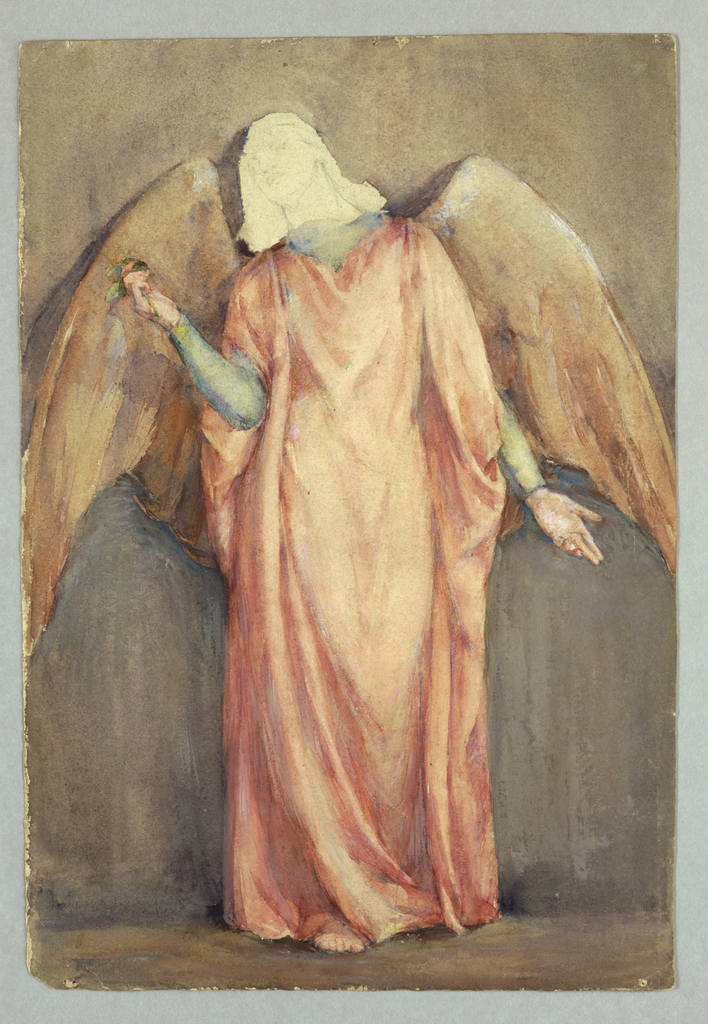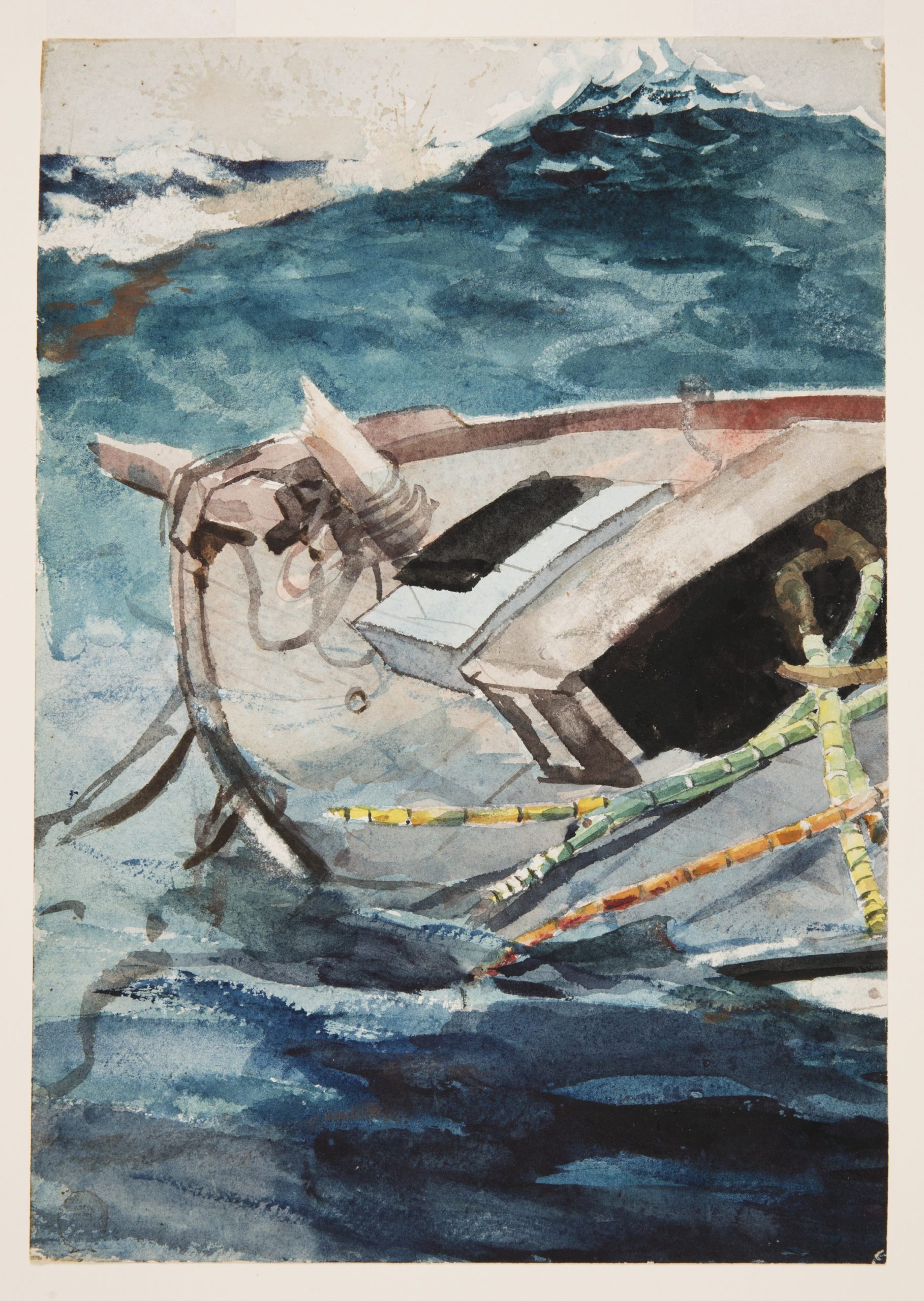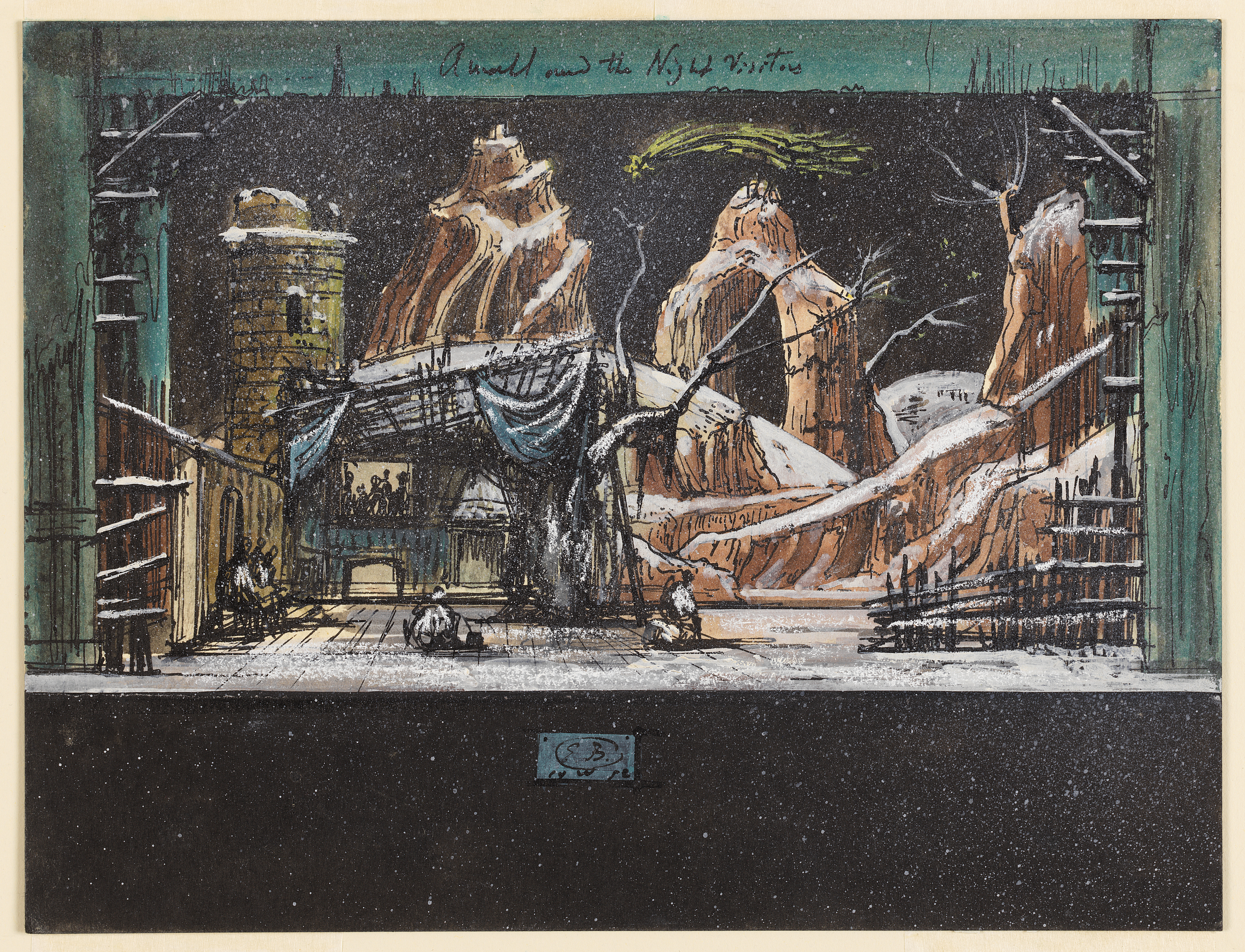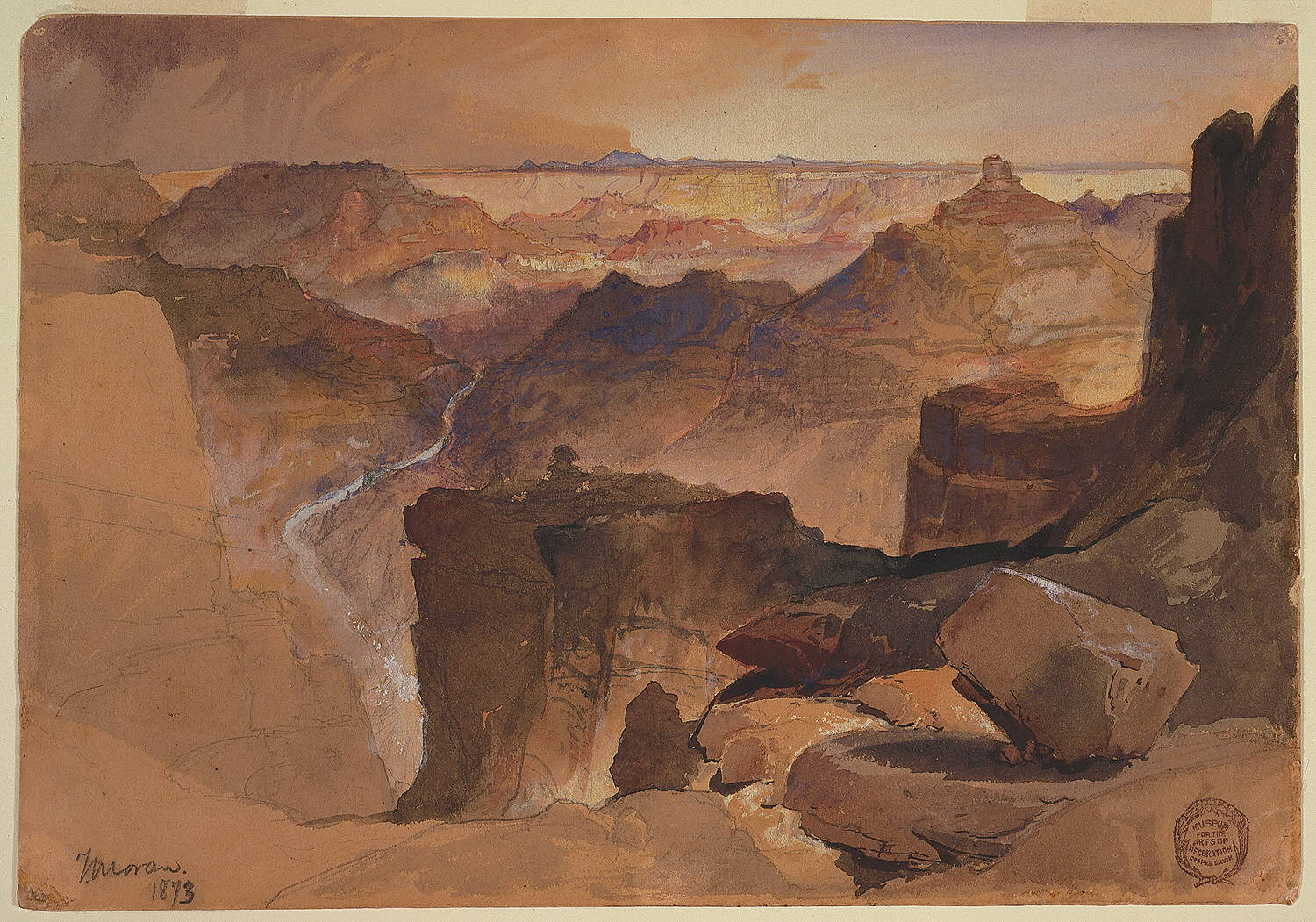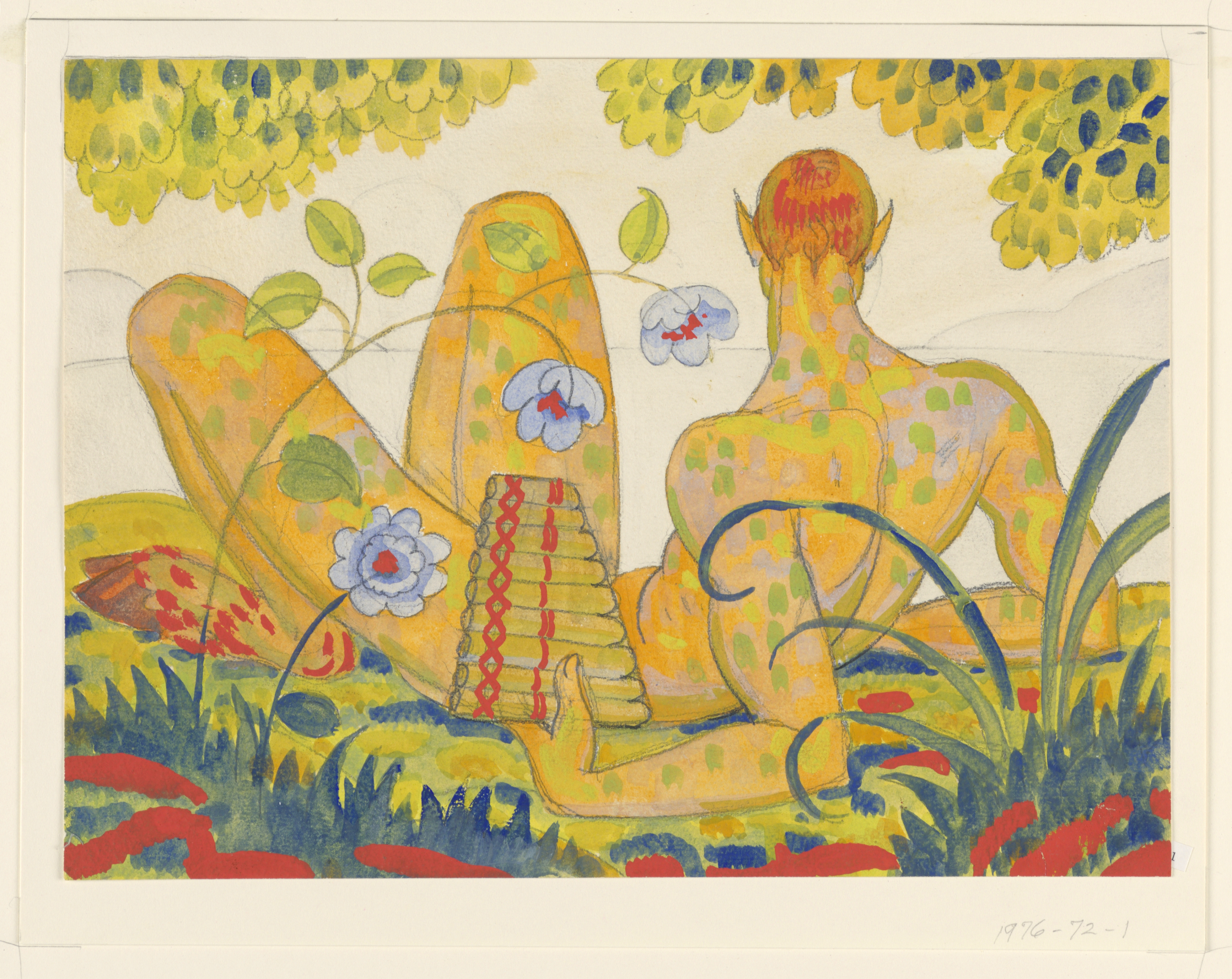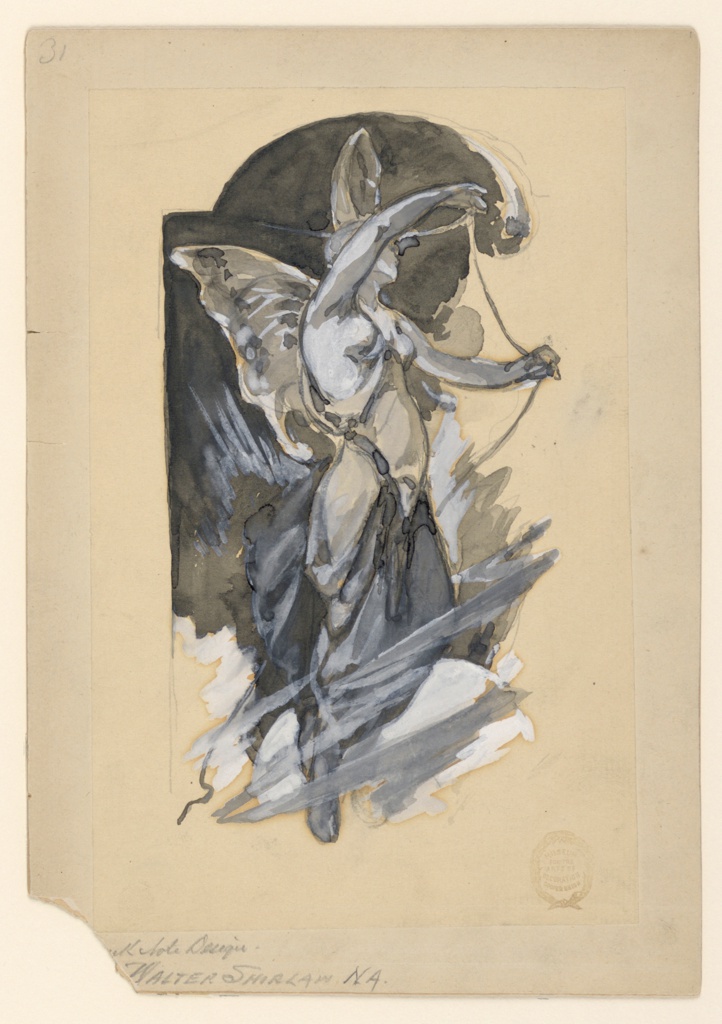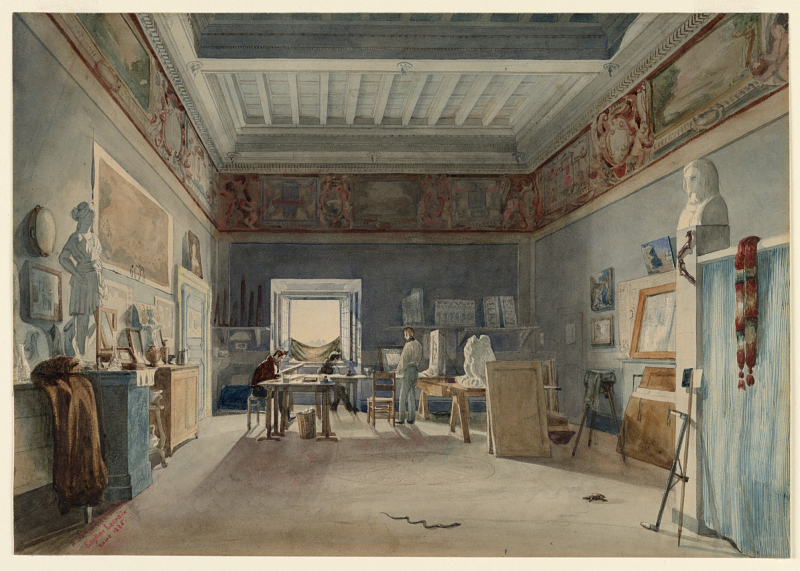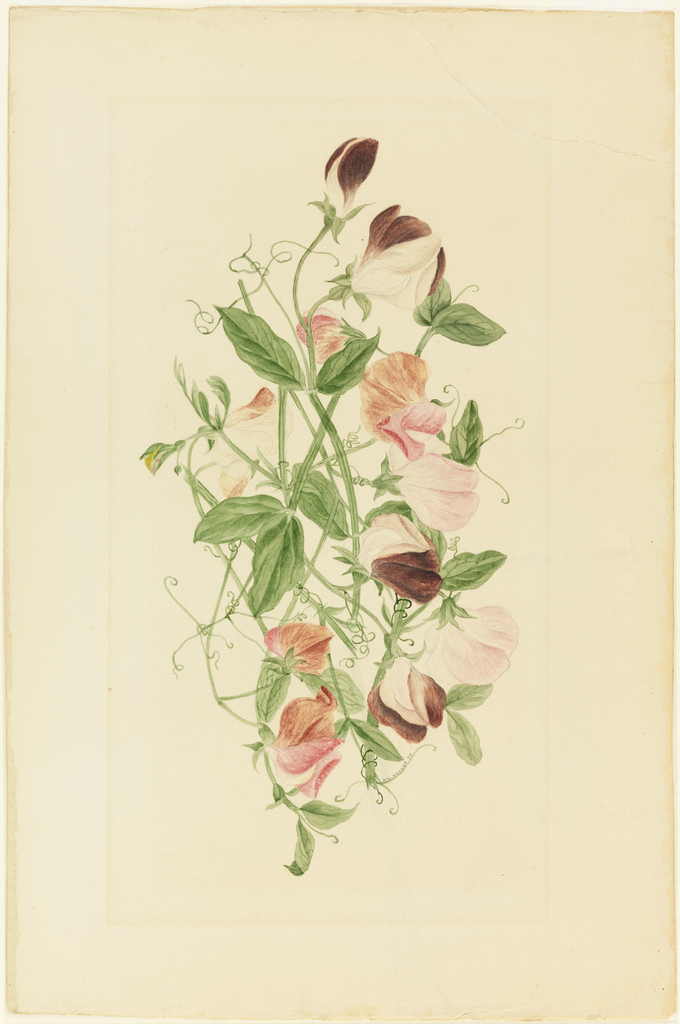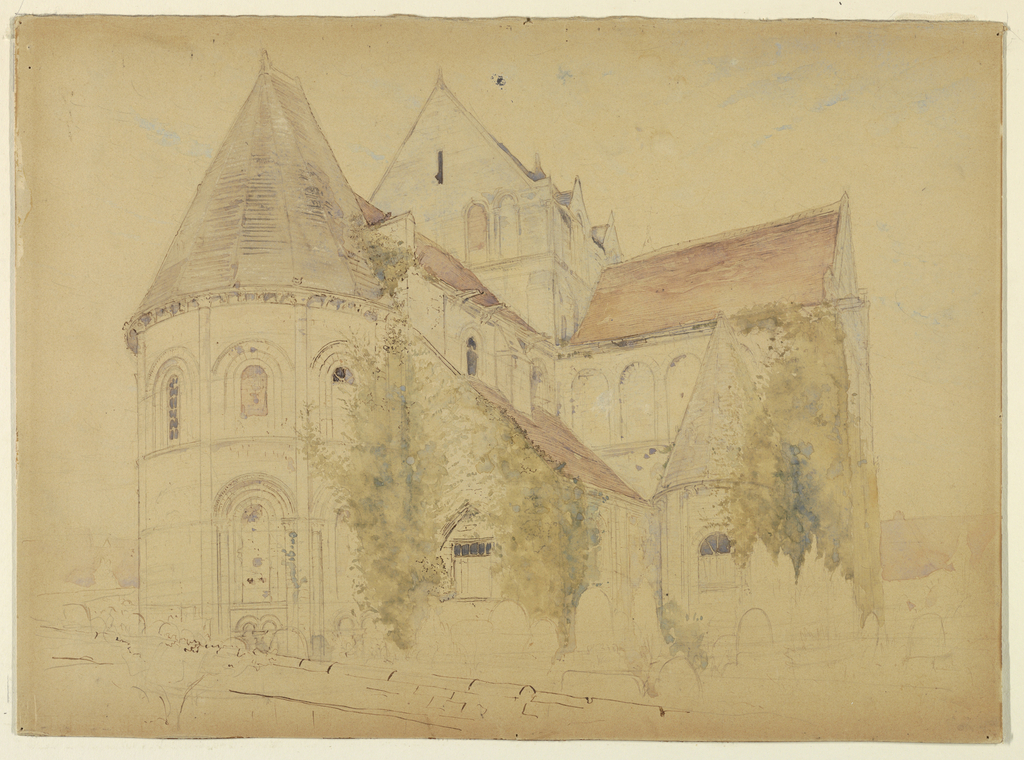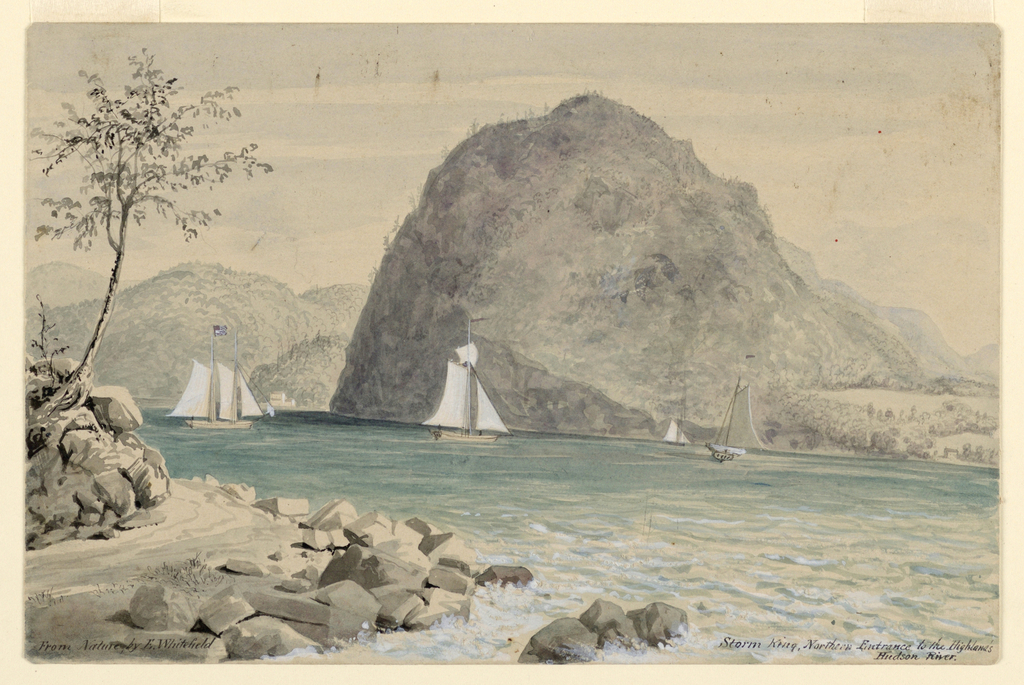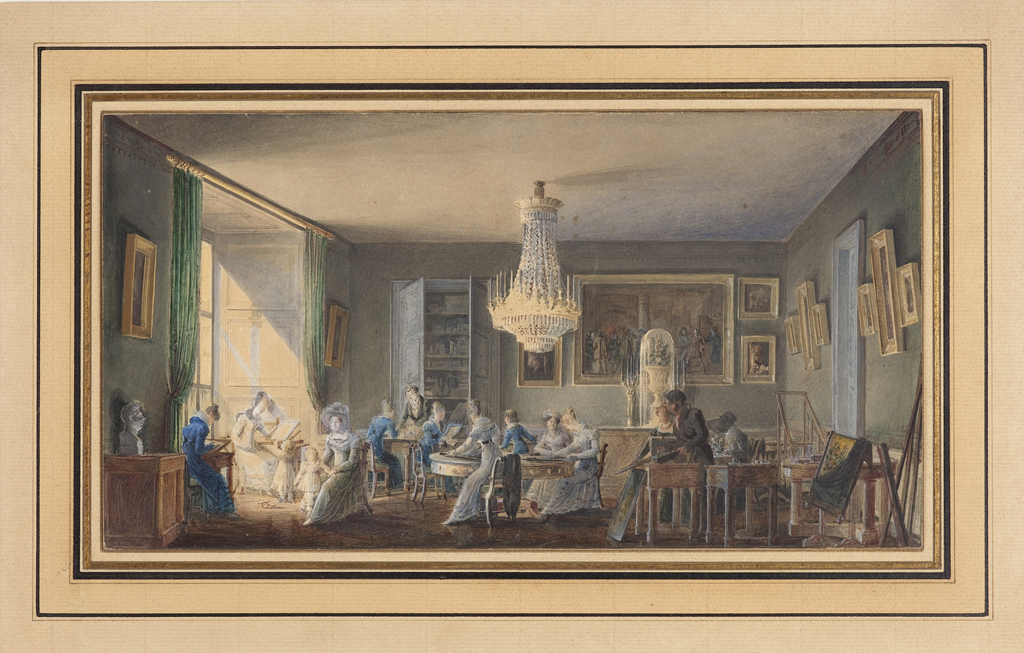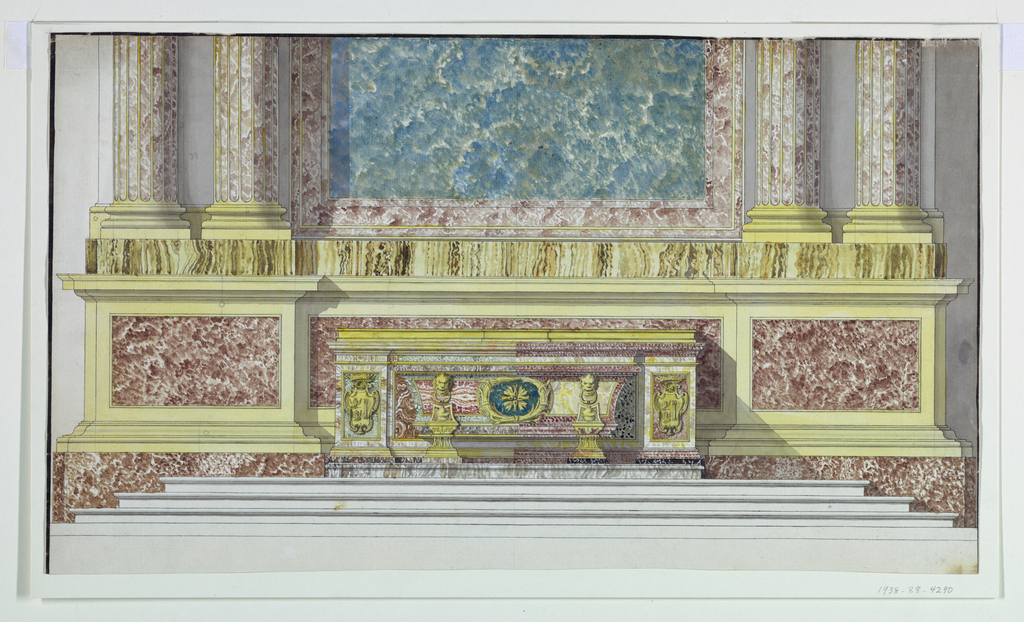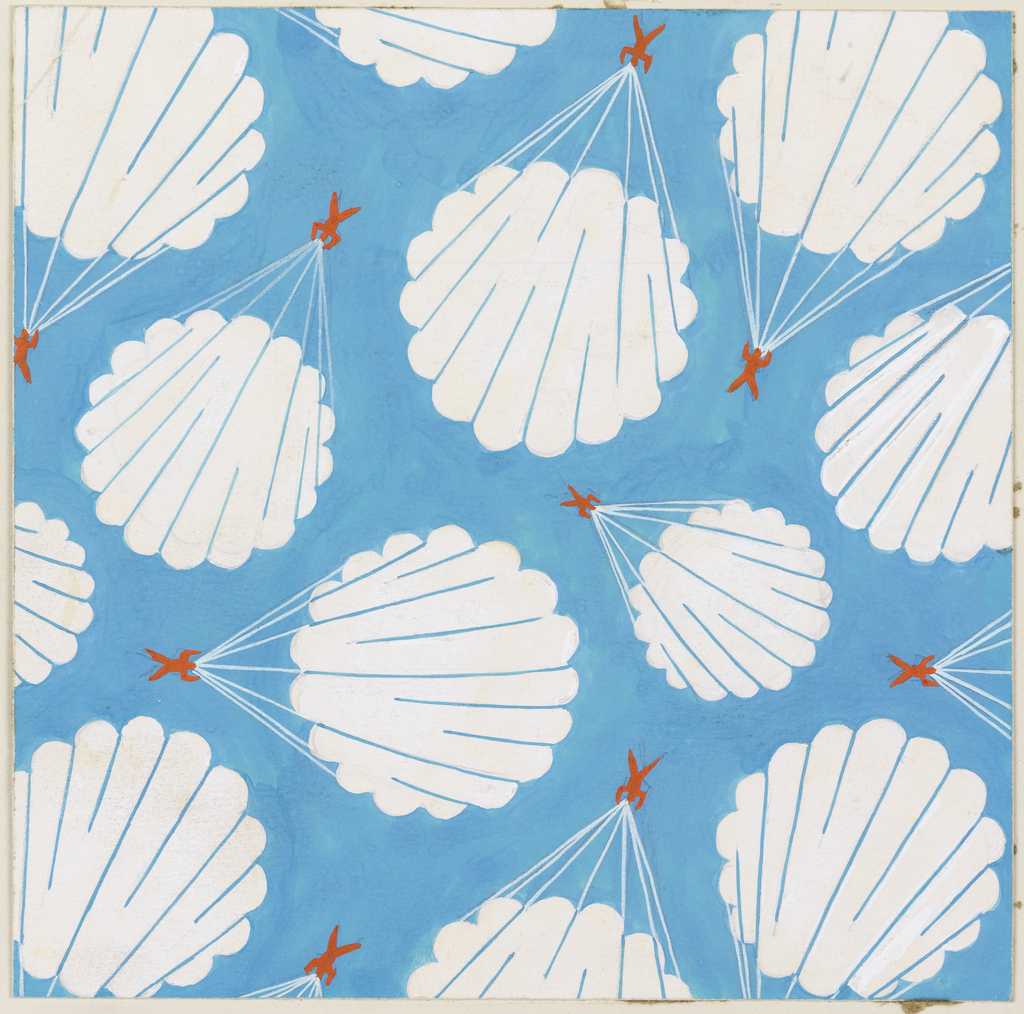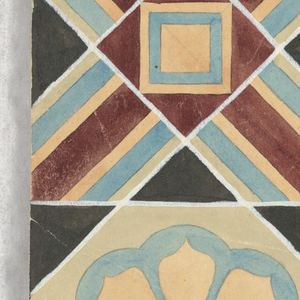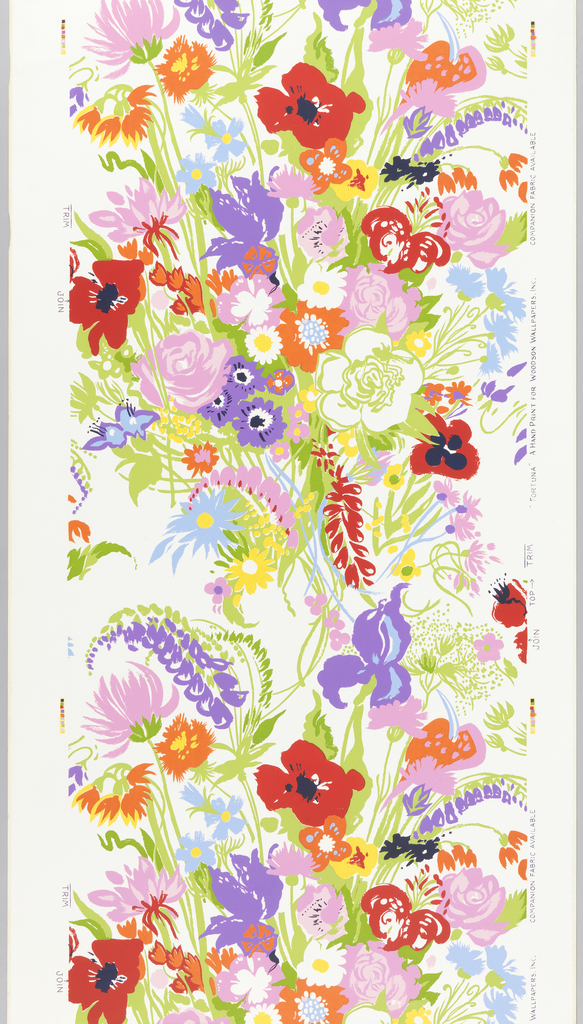Throughout March, Object of the Week celebrates Women’s History Month. Each Monday a new post will highlight women designers in the collection. This unfinished angelic figure was likely a design for stained glass. Louise Howland King Cox designed windows for Louis Comfort Tiffany in the 1890s. However, there are few extant records about her work...
Author: Laura Fravel Related to his trip to the Bahamas, this watercolor by Winslow Homer is a study for The Gulf Stream, a painting in which a shipwrecked man lies on a battered fishing boat as sharks circle in the water. Focusing on the boat, this watercolor sets the stage for the action of the...
Amahl and the Night Visitors was the original Hallmark Christmas movie. The one-act opera by Gian Carlo Menotti was the first opera composed for television in the United States. Commissioned by NBC, it was first performed on Christmas Eve in 1951 from a studio in Rockefeller Center. Sponsored by Hallmark, it was also the debut...
This year, the Grand Canyon celebrates its 100th anniversary as a national park. Cooper Hewitt is home to some of the earliest images of the Grand Canyon by Thomas Moran, an artist who accompanied Major John Wesley Powell’s 1873 expedition to survey areas along the Colorado River through Utah and Arizona. This expedition was not...
In celebration of World Pride, June Object of the Day posts highlight LGBTQ+ designers and designs in the collection. In a 1916 profile published in Vanity Fair, Paul Thévenaz was described as a painter and a dancer. The article also identified the Swiss-born double threat as the cult leader of a movement called Rhythmician, an...
With her butterfly wings, this artfully draped female figure would seem more at home decorating a theater than ornamenting U.S. currency. Yet the designer, Walter Shirlaw, clearly labeled his drawing “Bank Note Design.” Shirlaw left school at the age of twelve and apprenticed himself to a bank note engraving company, believing that it would help...
In the rear of a large atelier of the French Academy in Rome, three students (called pensionnaires) are at work. One, by the window, labors over a drawing; a second stands near a bas-relief, and a third, seated, bends over a work in progress. The remainder of the space is filled with studio equipment: canvases,...
Mrs. Henrietta Maria Benson Homer exhibited Sweet Peas at the Brooklyn Art Association in April 1876, asking the relatively modest sum of $20 for the work.[1] In the same show, her son—Winslow Homer—also exhibited work. Henrietta had taught her son the basics of drawing and painting, and helped to spark his interest in watercolor. After...
Stanford White’s architectural legacy of beauty and sophistication is celebrated throughout New York City. Inspired by European architecture, White was a founder of the City Beautiful movement that spread across the country at the end of the nineteenth century. In 1878, as a young artist, White had traveled throughout Normandy and Belgium by train in...
This drawing is signed “From Nature, by E. Whitefield” and depicts a view of Storm King Mountain from across the Hudson River on the base of Breakneck Ridge. Today it is possible to visit the same viewpoint where Edwin Whitefield sketched the composition and admired the beauty of the landscape. Edwin Whitefield was born in...
This Object of the Day celebrates one of many treasured objects given by Clare and Eugene V. Thaw to Cooper Hewitt, Smithsonian Design Museum. It is republished here in memory of Eugene V. Thaw. Click on this link to read more about the Thaws and their gifts to Cooper Hewitt. Heads down with pencils and brushes...
This striking drawing, titled Altar Mensa for the Borghese Chapel in the Santa Maria Maggiore, is by a lesser known but influential architect, Mario Asprucci the Younger. Using water color paint to achieve vibrant illustrations of various, colored marbles and metals, Asprucci captures the architecture’s sumptuous materials and allegorical themes. The Borghese Chapel was originally...
LIFE magazine deemed him as a “dressmaker in silver” in 1939, but Tommi Parzinger was an incredibly versatile designer, celebrated for his furniture, wallpaper, packaging and textiles.[1] Parzinger designed furnishings for socialites, decorators, and celebrities like Marilyn Monroe and the Rockefellers and he established himself as a man about town in the glamorous circles of...
Frederick Krieg’s colorful design for a two-part part tile pattern is depicted in a three by three grid. The result is an alternating composition that maintains unity through repeated colors (light blue, bisque, and charcoal) and angles (hexagonal and inverted). Krieg’s precision is all the more impressive given the medium: watercolor paint. A self-taught designer...
This spring is extra-special at the Cooper Hewitt because the garden is completely renovated and once again open to anyone who needs a nice place to sit on a sunny afternoon. In anticipation of fun times and fair weather, we wanted to feature this vibrant floral wallpaper that presents its own take on 1960s “flower power.”...
